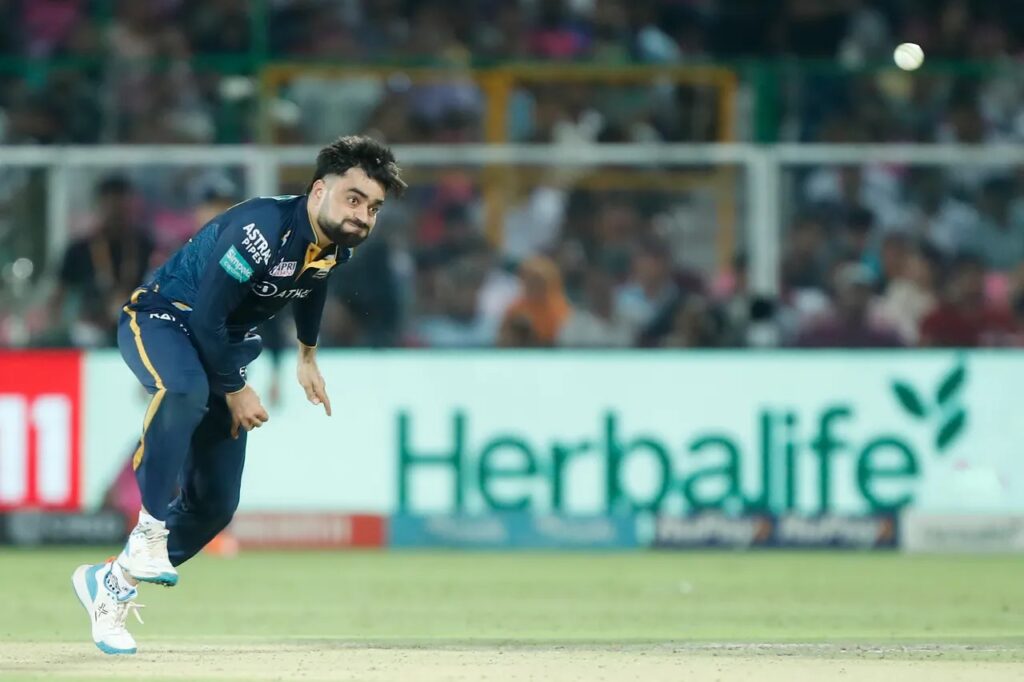
Rabindranath Tagore’s Kabuliwala, published in 1892, is one of India’s most-loved short stories. It has been translated into almost every other Indian language, and has spawned at least four movie versions. When it comes to the present day, there is one cricket documentary that finds a place on most much-watch lists. Out of the Ashes charts the incredible rise of Afghan cricket, and the remarkable journeys that some of the players have taken are no less dramatic than that of Rahmat, immortalised by Tagore in print.
Out of the Ashes premiered in 2010, and so many chapters have been added to Afghanistan’s cricket narrative that it now seems more like a quaint archival relic. At the time it was made, Afghanistan hadn’t played in a World Cup, much less produced stars like Rashid Khan, Naveen-ul-Haq and Noor Ahmad, who would make such an impression on the world’s best Twenty20 leagues.
Till now though, for all the romance associated with their rise up the cricket ladder, Afghanistan have a disastrous record at the 50-over World Cup. In 2015, the only match they won was a nail-biting contest against Scotland, a team that they were expected to beat. In 2019, they lost each of their nine games.
In Australia and New Zealand in 2015, Afghanistan couldn’t once go past 250. Their batters, most of whom had played all of their cricket on slow, low Asian pitches, were ill-equipped to tackle surfaces with trampoline bounce, where the ball rushed on to the bat. In England four years later, matches being played mostly in June in the early part of the summer presented a different challenge. The swinging ball, often allied to appreciable seam movement, offers one of the toughest examinations of batting technique. Afghanistan made 200 or less in four of their matches, and only went past 250 in their final game against West Indies.
Worst still, the relative cold and the nature of the pitches meant that their slow bowlers – their great strength – were effectively neutered. Rashid, who otherwise has an astonishing ODI record – 163 wickets at an economy rate of 4.17 – took just six wickets in the competition, and went at 5.79 an over.
In a tournament where Rohit Sharma topped the charts with 648 runs, only one Afghan batter – Rahmat Shah – managed more than 250 runs. And while 11 bowlers took 15 or more wickets – Mitchell Starc was out in front with 27 – Mohammed Nabi was top of the list for the Afghans with 10.
Also Read: Lucknow Look to Break Their Duck Against Gujarat
Why should Afghanistan fans, and cricket-lovers across the world, be more optimistic in 2023? For one, the World Cup is being played in India. The leading Afghan players are as familiar with the country as the fictional Rahmat was in Tagore’s story. In fact, between March 2017 and November 2019, Afghanistan played 13 of their ‘home’ ODIs in India, in Great Noida, Dehradun and Lucknow. The batters’ techniques will not be challenged as they were in Oceania or England, and the pitches should suit their phalanx of talented spinners.
The big worry for Afghanistan, as it is for most teams, is the lack of exposure in the 50-overs format. With the mushrooming of franchise T20 leagues around the world, it’s the ‘middle child’ of international cricket that has been most neglected. Since the 2019 World Cup, Afghanistan have played just 18 ODIs. And only six of those could be classed as being against teams that are World Cup contenders – Bangladesh and Sri Lanka.
Since they made their debut in 2009, Afghanistan have played only 141 ODIs. Of those, a paltry 12 have come against India, Australia, England and Pakistan, the four sides that are favourites for the upcoming World Cup. They have not played any of those teams since the World Cup in England.
The flip side, of course, is that batters from those teams will also not have been exposed to Rashid, Mujeeb Ur Rahman, Qais Ahmad and others. With Nabi’s extensive experience also there to draw on, there’s little doubt that Afghanistan will take a spin-heavy approach to their matches.
The key, as ever, is putting runs on the board, which they failed to do in their previous World Cup appearances. This time, round, much will be expected from Rahmanullah Gurbaz, currently playing for Kolkata Knight Riders in the IPL, and Ibrahim Zadran, who have each scored three ODI hundreds since the last World Cup.
Rashid and others will have learned from their experiences four years ago, and there will be no shortage of support for Afghanistan wherever they play their matches. Cricket loves an underdog story, and few are more impactful than Rashid’s rise to the top of the white-ball bowling rankings. And if he and his teammates need any inspiration, they need look no further than India. Mocked as one of the worst sides in the competition in 1975 and 1979, the team led by Kapil Dev beat the mighty West Indies twice on their way to the crown in 1983.
Indian cricket, however, had a rich history that went back many decades before that triumph. For Afghanistan, Rashid and friends are still almost-pioneers. They are simultaneously trying to build a foundation and create history. What we shouldn’t underestimate is the power of sport to bring about change. As Taj Malik, the colourful character who coached them in the early years of their journey, says in Out of the Ashes, “The solution of all the problem is…cricket.”



